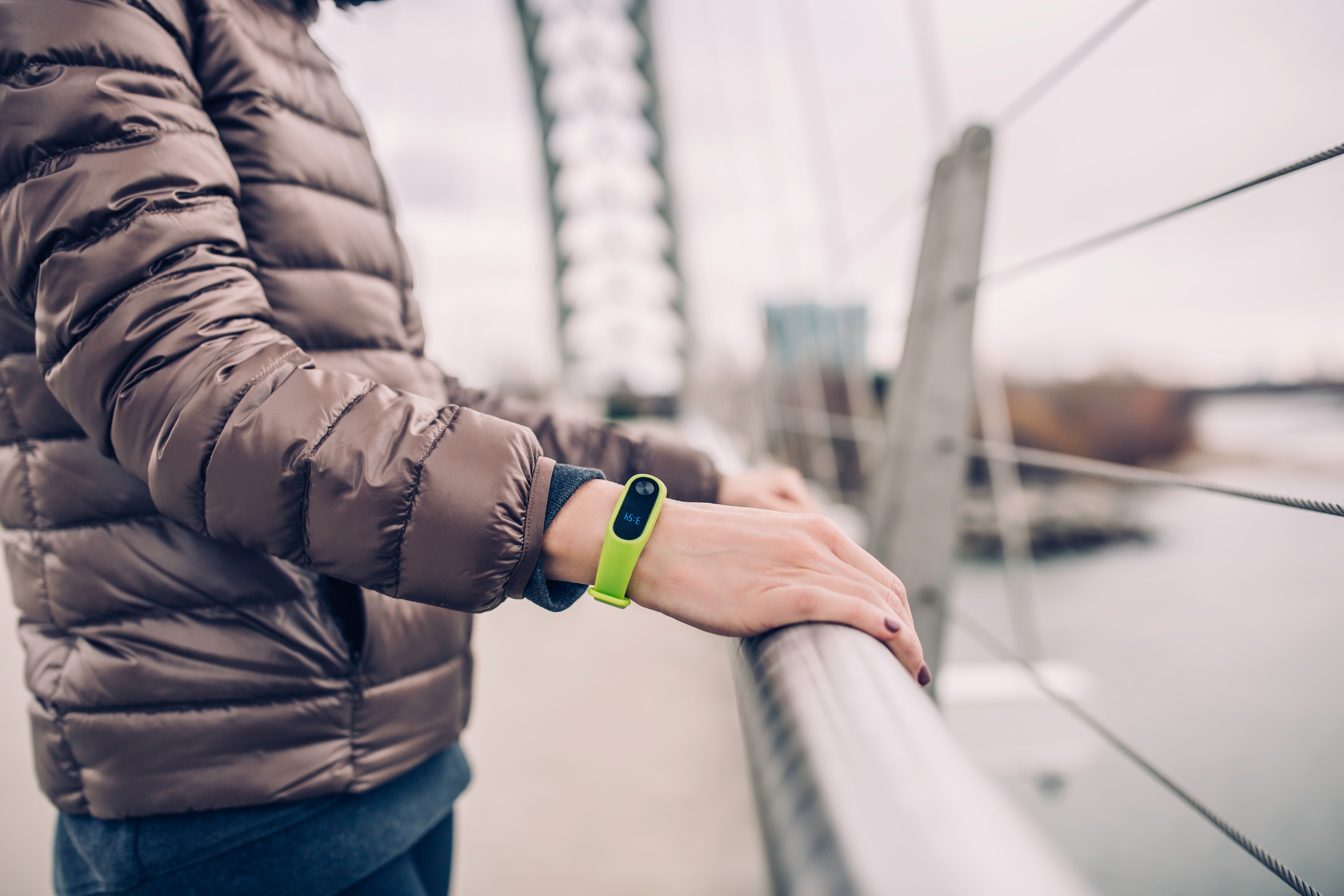Monitoring with PKG System Helps Change Care in Nearly a Third of Parkinson’s Cases, Real-World Study Reports

Continuous monitoring of movement symptoms using a wearable device called the Personal KinetiGraph (PKG) may help clinicians make more appropriate treatment choices for their patients with Parkinson’s disease, according to a real-world clinical study.
The study, “Qualitative Evaluation of the Personal KinetiGraphTM Movement Recording System in a Parkinson’s Clinic,” was published at the Journal of Parkinson’s Disease.
Parkinson’s is a progressive disease characterized by the degeneration of dopamine-producing neurons, causing several motor symptoms such as bradykinesia — slowness of movement — muscular rigidity, and tremor.
Although Parkinson’s can cause a range of non-motor symptoms, such as sleep problems, constipation, slurred speech, and mood disorders, management of the disease is mainly focused on reducing the burden of motor symptoms. To do so, clinicians must rely on patients’ reports and one-time clinical assessments to find the most appropriate treatment strategy as well as to make therapy adjustments.
The development of wearable sensors represents a new opportunity to help clinicians more accurately evaluate Parkinson’s patients’ movement patterns.
“New wearable sensors have the advantage of offering continuous objective measurement of patient movement during regular activities of daily living,” the researchers wrote. “[They] have the potential to provide important additional information in a more accurate way to augment day to day clinical care of Parkinson’s patients.”
The PKG system, developed by Global Kinetics Corporation, is a wristwatch-like device worn on the side of the body that is most affected by the disease and continuously collects patients’ movement data — such as tremor, slow or involuntary movements, motor-skills fluctuations, and immobility — providing information to the patient’s doctor.
The PKG system is now commercialized for clinical use in 17 countries, including the U.S. and several European countries. Global Kinetics recently announced that its PKG-Watch was recommended by two separate expert panels to improve clinical management of Parkinson’s disease.
Researchers at the Parkinson’s Institute and Clinical Center in California have now evaluated the impact of using continuous objective movement measurement with the PKG system in the routine clinical care of Parkinson’s patients. The Parkinson’s Institute began using the PKG system in December 2015 as an additional evaluation method on top of clinical visit history and examination.
“The wearable PKG technology provides objective measurements which allow us to further deliver the highly individualized care that a patient deserves,” Carrolee Barlow, MD, PhD, former CEO of the Parkinson’s Institute and Clinical Center and senior author of the study, said in a press release.
In routine care, physicians targeted PKG use to patients they believed could benefit from objective movement measurement — mainly those who were new to the clinic; were experiencing clear symptom fluctuations; were unable to clearly report their symptoms; and were considering or using deep brain stimulation or Duopa (carbidopa/levodopa, marketed by AbbVie).
Between December 2015 and July 2016, 89 patients with Parkinson’s disease were selected to use the PKG system as part of their routine clinical evaluation and follow-up, 81 of whom were included in the final analysis. Forty-five patients had one PKG, and 44 had two PKGs, 10 of whom went on to have three PKGs completed.
Physicians provided their collective views on the impact of the system on patient care in a total of 112 surveys. Of these, 41% indicated that the PKG provided additional information to the physician. However, 59% reported that the system failed to provide additional information.
Of the surveys reporting that the PKG did provide additional information, 78% indicated the data provided by the PKG system resulted in changes in patient care, while 22% revealed “the PKG provided additional information but that no alteration in patient care occurred based on this information,” according to the researchers.
The personalized monitoring system was found to provide new and precise information on daily off time — the period when medication is not working efficiently — in 50% of the cases.
“Physicians … adjusted treatment nearly a third of the time based on the real-time clinical status captured during objective continuous monitoring outside the clinic setting,” the researchers wrote.
“These results demonstrate the real-world clinical benefits that PKG can provide to patients and clinicians in their continuing effort to optimize Parkinson’s therapy, and manage symptoms effectively,” said John Schellhorn, CEO of Global Kinetics Corporation. “The results of this study support the use of PKG as an important tool for individualizing therapy to best meet each patient’s unique needs.”






